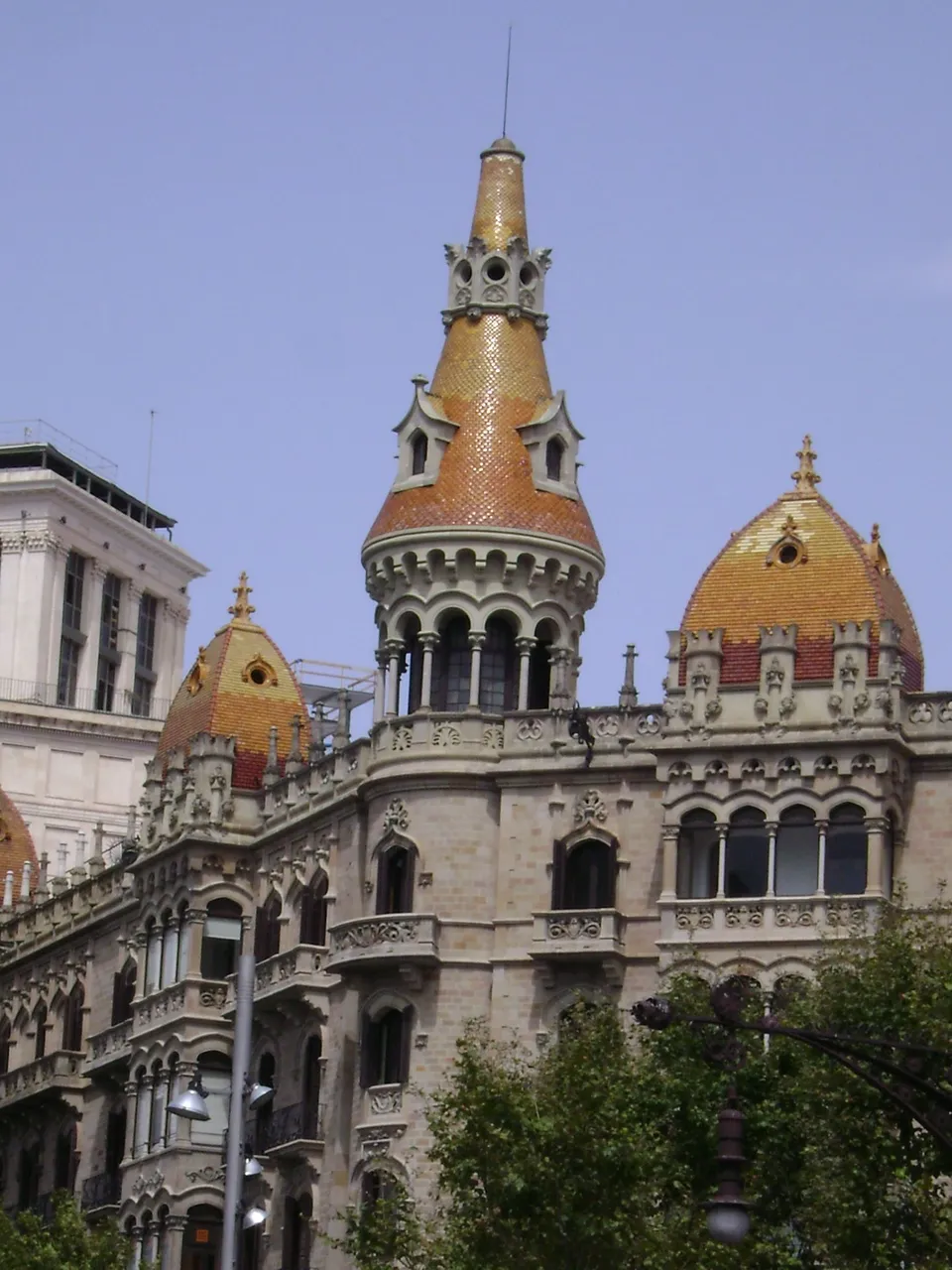
I had wanted to know Barcelona, the city of Gaudi, omnipresent in every architectural project of the city, public, private or religious.
Not only La Sagrada Familia, all Barcelona is a tribute to Gaudi's modernism.
I made this dreamed trip before the coronavirus pandemic, when if someone had told us that we were going to take pictures with our face masks and that the world was going to be hit in an atrocious way by an (almost) endless sanitary nightmare, we would have laughed condescendingly.
But the reality was different and remembering these trips that we now see so naturally, with people chatting animatedly in bars, restaurants, concerts and public walks is much like remembering those photos of yesteryear, of other times.
With the difference that in this case we are only talking about two years ago. We had left 2018 behind and were looking to 2019 with renewed hope and joy.
Until COVID-19..... arrived.
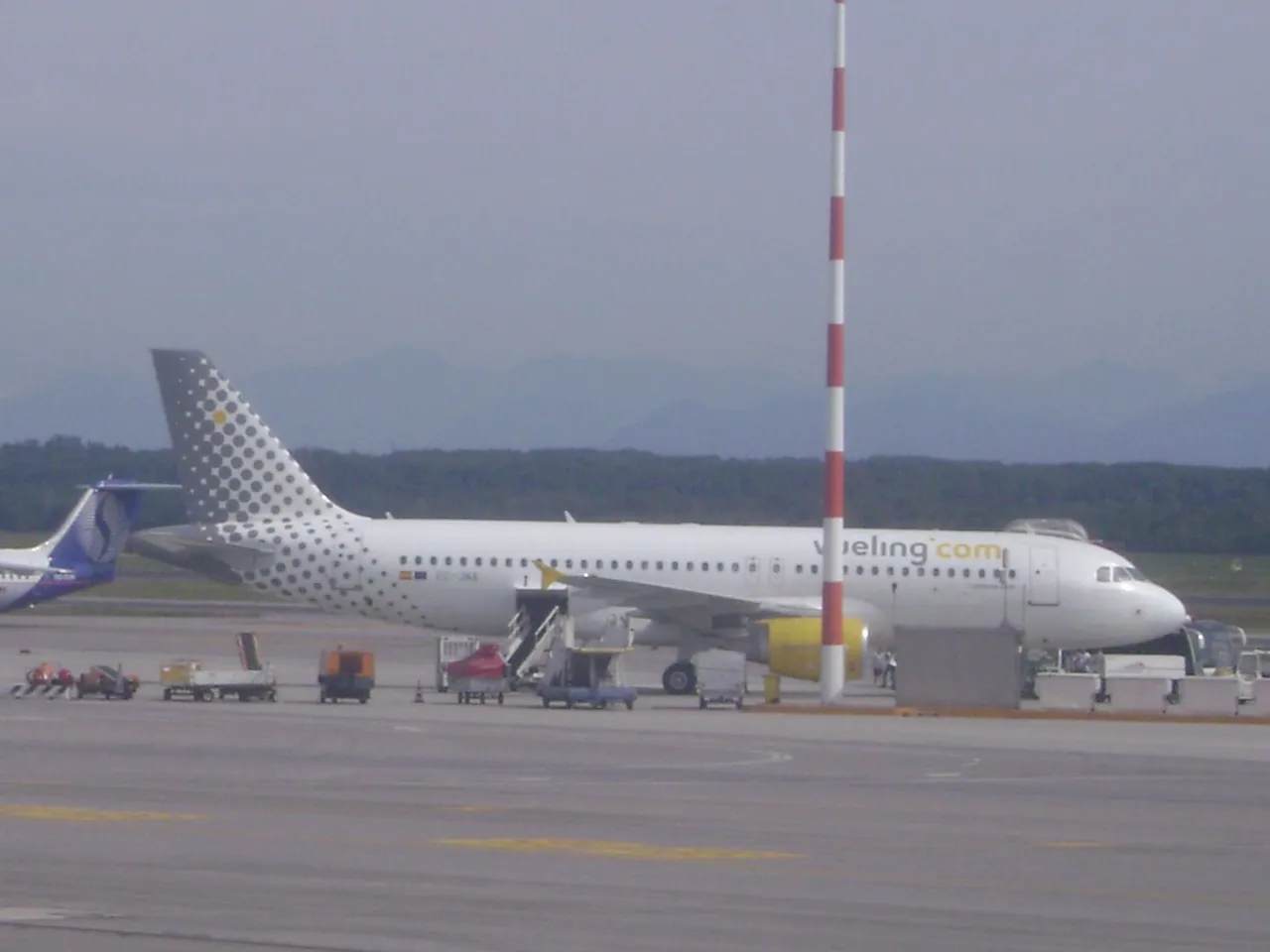
Hacía muchos casos que quería conocer Barcelona, la ciudad de Gaudí omnipresente en cada proyecto arquitectónico de la ciudad, péblico, privado o religioso.
No solo La Sagrada Familia, toda Barcelona es un homenaje al modernismo gaudista.
Realicé este viaje tan soñado antes de la pandemia del coronavirus, cuando si alguien nos hubiera dicho de que ahí a poco nos ibamos a tomar las fotos con los tapabocas y que el mundo iba a ser golpeado de manera atroz por una pesadilla sanitaria (casi) interminable hubiéramos reído con condescendencia.
Pero la realidad fue otra y recordar estos viajes que ahora vemos con tanta naturalidad, con personas conversando animadamente en bares, restaurantes, conciertos y paseos públicos se parece mucho a recordar esas fotos de antaño, de otras épocas.
Con la diferencia que en este caso estamos hablando solo de dos años atrás. Habíamos dejado atrás el 2018 y mirábamos el 2019 con renovadas esperanzas y alegrías.
Hasta que llegó el COVID-19.....
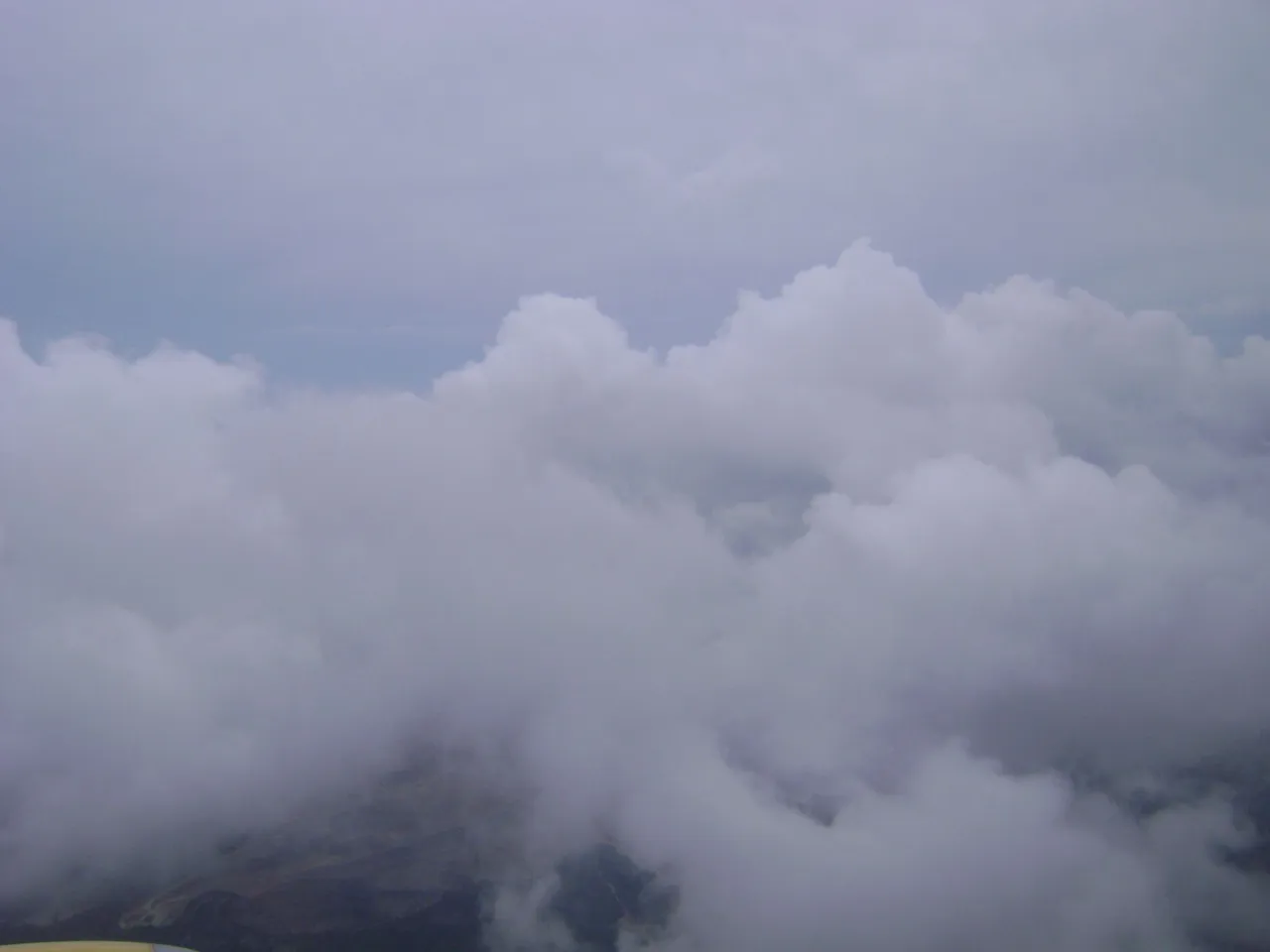
We took off from Milan (Italy) on a low-cost airline at that time very popular throughout Europe.
It cost very little indeed (something like 20-30 euros) although the conditions of travel were very spartan. But since the trip was very short - just a couple of hours - we managed to get through it without difficulty.
At a certain point the airlines advertised the trips so cheaply that they added a supplement for fuel and other extras to make up for the actual fare.
Spectacular day with a blue sky and white clouds that seemed to be drawn.
We took off from Milan (Italy) on a low-cost airline at that time very popular throughout Europe.
It cost very little indeed (something like 20-30 euros) although the conditions of travel were very spartan. But since the trip was very short - just a couple of hours - we managed to get through it without difficulty.
At a certain point the airlines advertised the trips so cheaply that they added a supplement for fuel and other extras to make up for the actual fare.
Spectacular day with a blue sky and white clouds that seemed to be drawn.
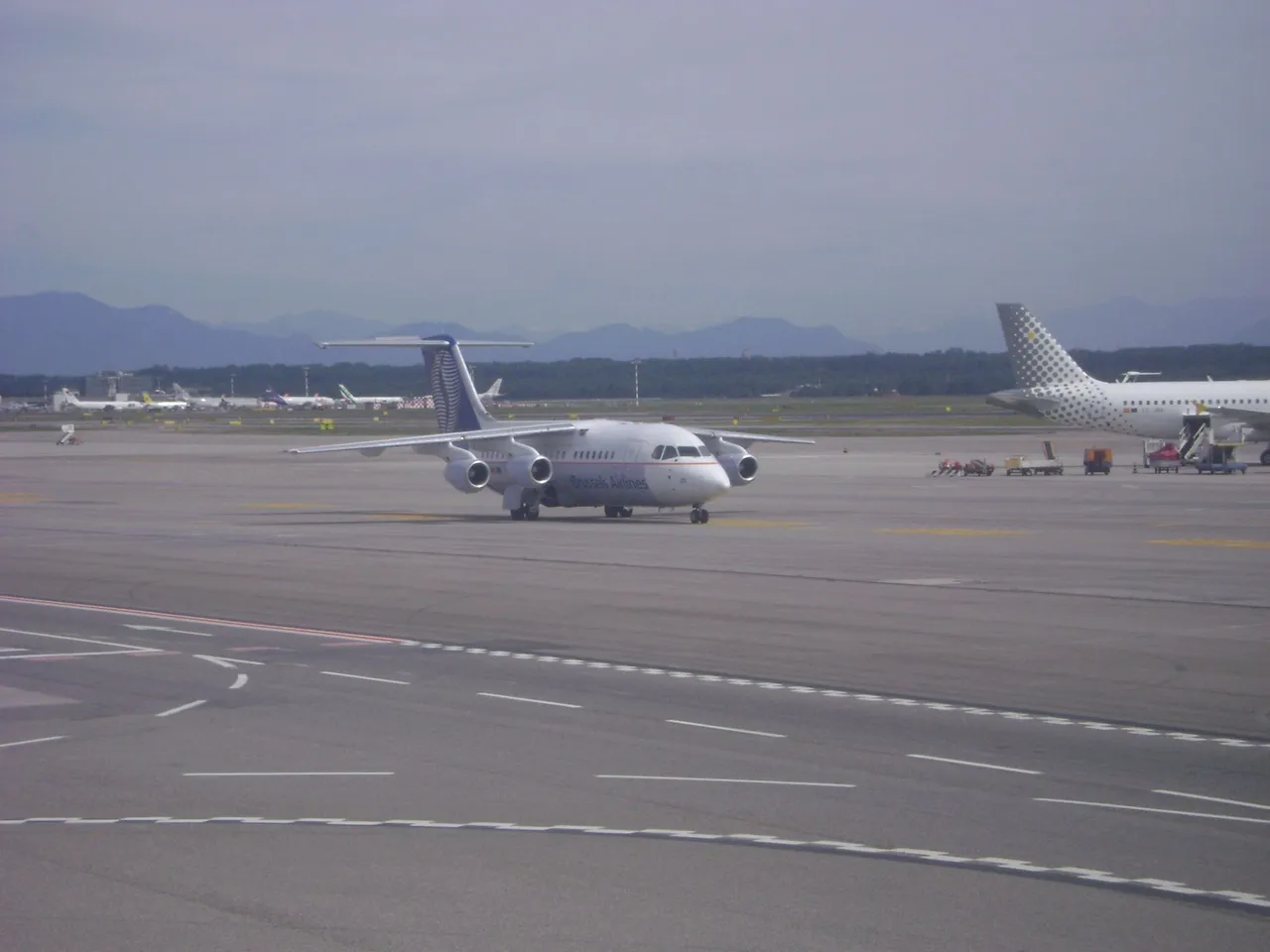
Despegamos desde Milán (Italia) en una línea aérea low-cost en ese momento muy populares en toda Europa.
Costaba verdaderamente muy poco (algo así como 20-30 euros) aunque las condiciones del viaje eran muy espartanas. Pero como el viaje era muy corto -apenas un par de horas. lograban sobrellevarlo sin dificultad.
En un determinado momento las líneas aéreas promocionaban los viajes tan baratos que agregaban un supluemento por el carburante y otras gastos extras para llegar a quiparar medianamente el valor del pasaje real.
Día espectacular con un cielo azul y nubes blancas que parecían dibujadas.
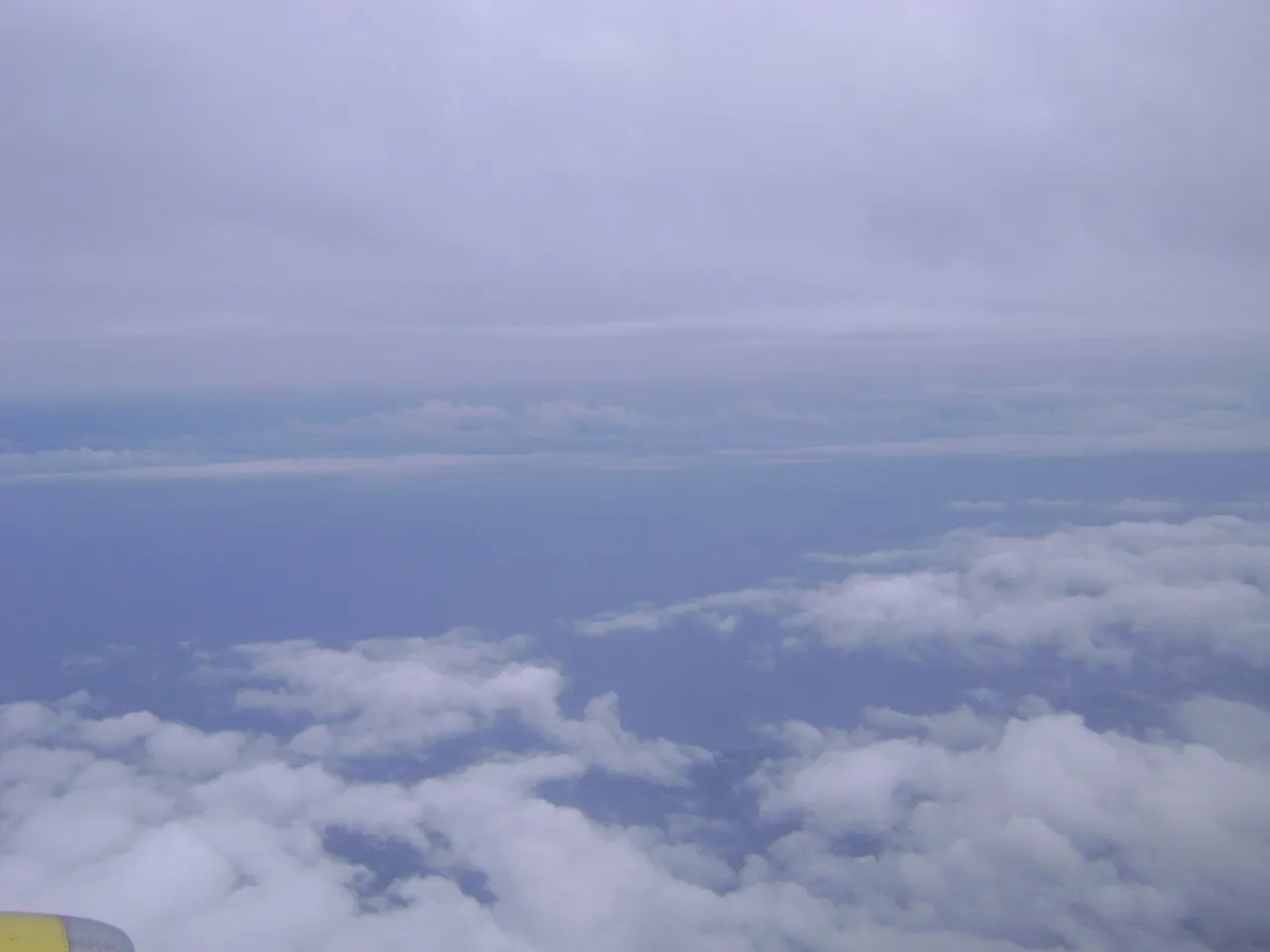
From the aerial obló we see the first images of Barcelona's air terminal.
And the charming panorama of the city seen from a hill near the airport.

Desde el obló del aéreo vemos las primera imágenes de la terminal aéerea de Barcelona.
Y el encantador panorama de la ciudad vista desde una colina cercana al aeropuerto.
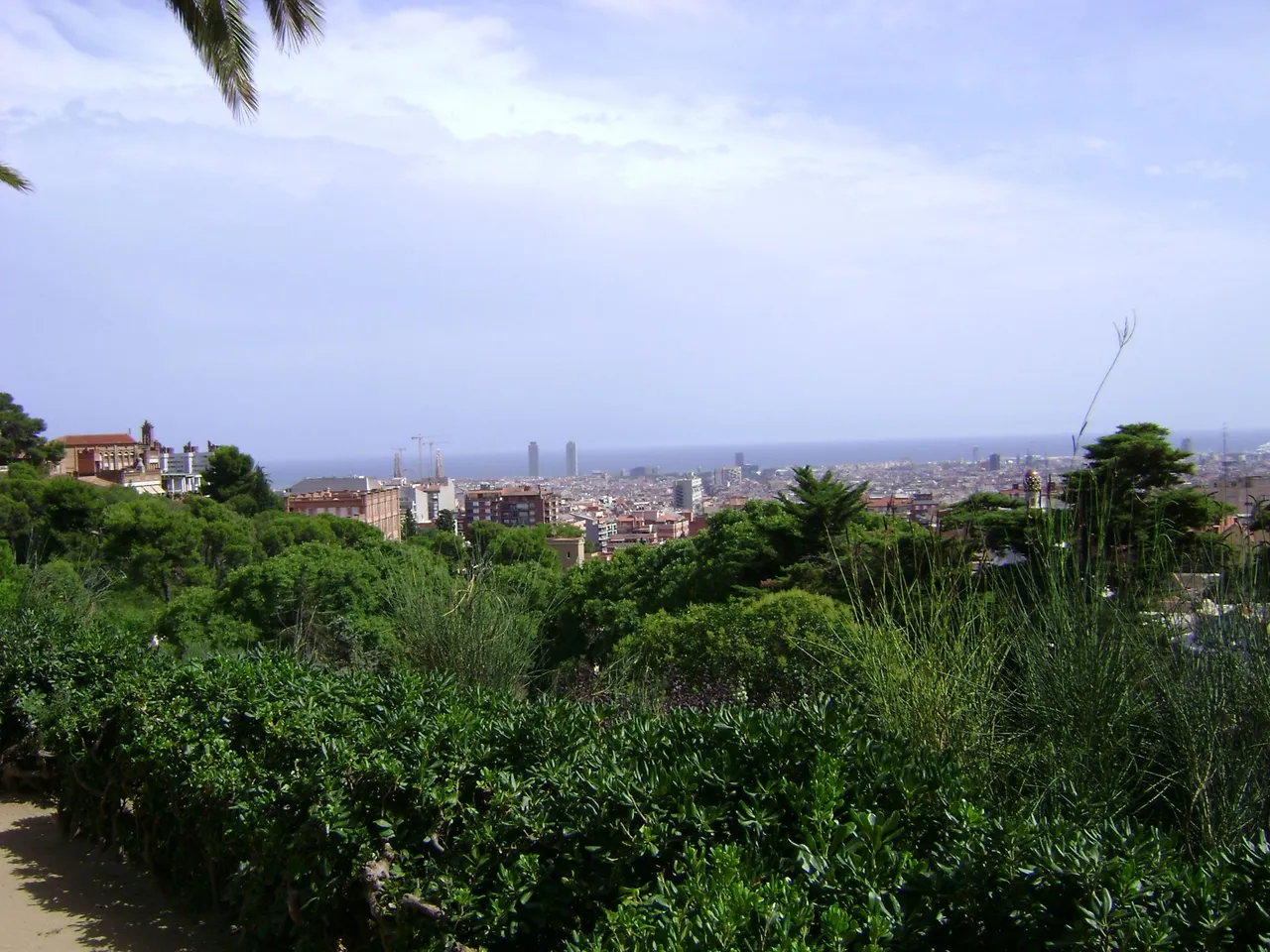
A unique panorama where the whole urban geometry of the city stands out in panoramic form.
The view from the top resembles a mixture of colonial architecture, with avant-garde architecture and the touch of class of the master Gaudí.

Un panorama único donde se destaca en forma panorámica toda la geometría urbanística de la ciudad.
Que vista de lo alto se asemeja a una mezcla de arquitectura colonial, con arquitectura vanguardista y el toque de clase del maestro Gaudí.
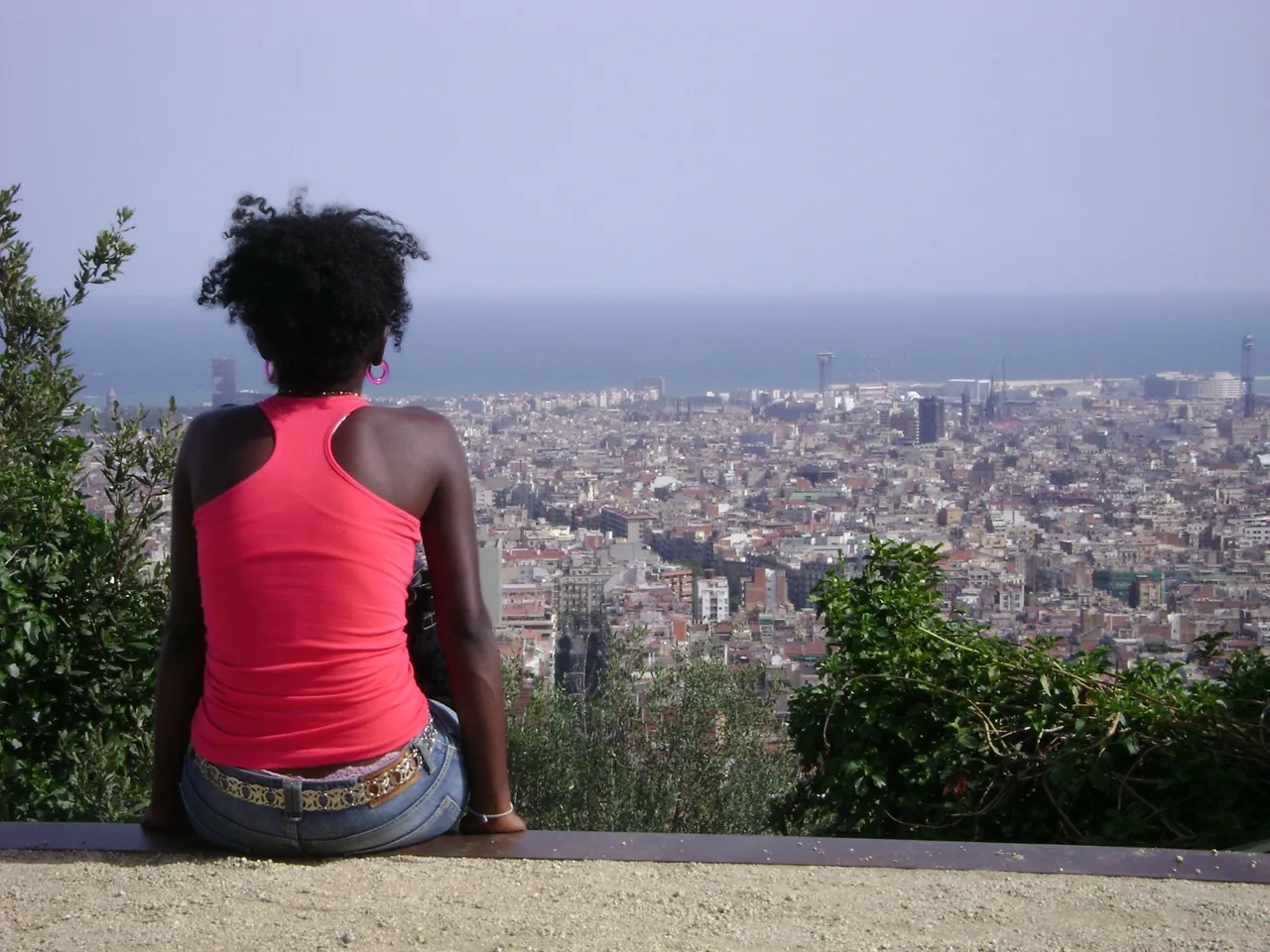
Barcelona is more than a city, it is an open-air museum. It is difficult to explain the characteristics of each piece of artwork, unique in itself.
From modern bars, stately homes that speak of a past of nobles, dukes and counts (in fact Barcelona is also called the Ciudad Condal).
All the way to the monumental Sagrada Familia. Gaudí is the main protagonist. But he is not the only one.
We are greeted by the Monument of Christopher Columbus with his arm raised pointing to the New Continent. It is a bronze work of sculptor Rafael Atché, seven meters high, built in iron, bronze, limestone and Montjuïc stone weighing over 200 tons.
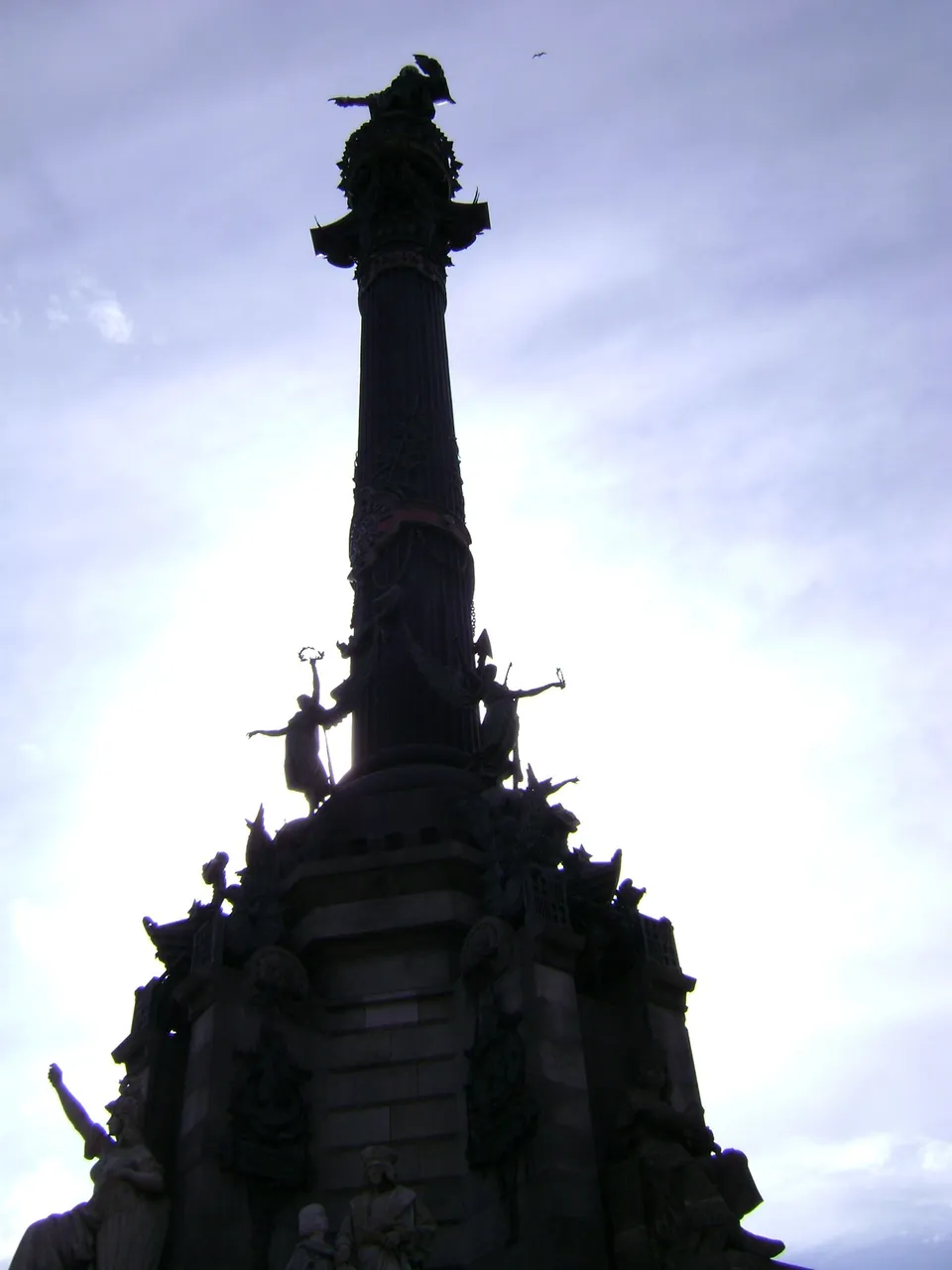
Barcelona más que una ciudad es un museo al aire libre. Es difícil explicar las características de cada obra de parte. única en sí misma.
Desde bares modernos, casas señoriales que hablan de un pasado de nobles, duques y condes (en efecto Barcelona es llamada también la Ciudad Condal).
Hasta llegar a la monumental Sagrada Familia. Gaudí es el gran protagonista. Pero no es el único.
Nos recibe el Monumento de Cristóbal Colón con el brazo alzado indicado el Nuevo Continente. Es una obra en bronce del escultor Rafael Atché, de siete metros de altura, construído en hierro, bronce, piedra caliza y piedra de Montjuïc con un peso superior a las 200 toneladas.
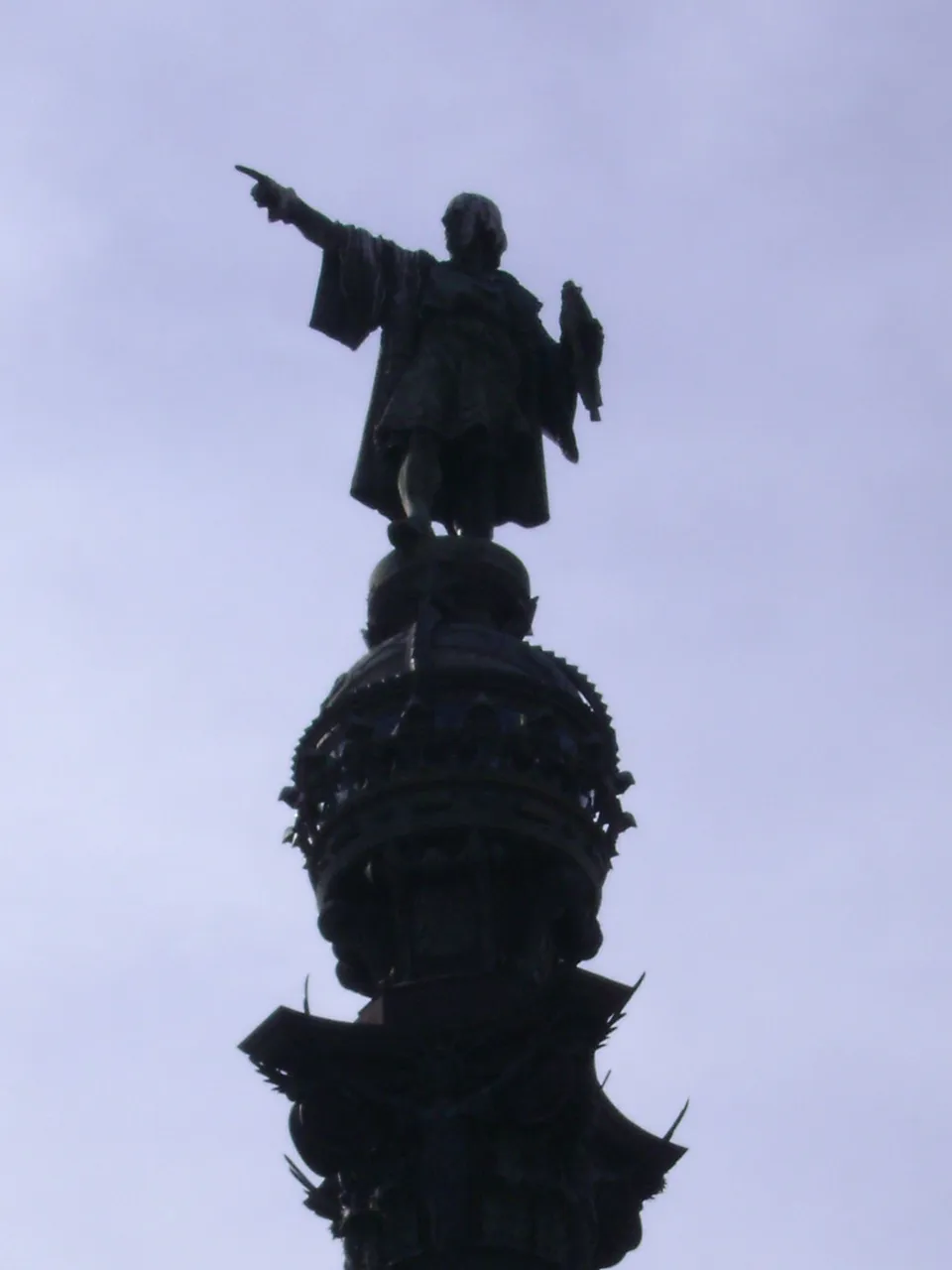
One of the first places we visit is the Plaza de Cataluña where we find the monument to Francesc Macià, who was the first president of the Generalitat de Cataluña and prodigal son of the Catalan city.
It is located in the nerve center of the city, in the middle of a wide spectrum of architecture where public buildings and other works of art predominate, a real open-air museum.
It is a simple monument where its author, the sculptor Josep Maria Subirachs (he had recently passed away when we arrived) has synthesized the technical mastery and purity of materials and texture of the work to express a symbolic and transcendental language.
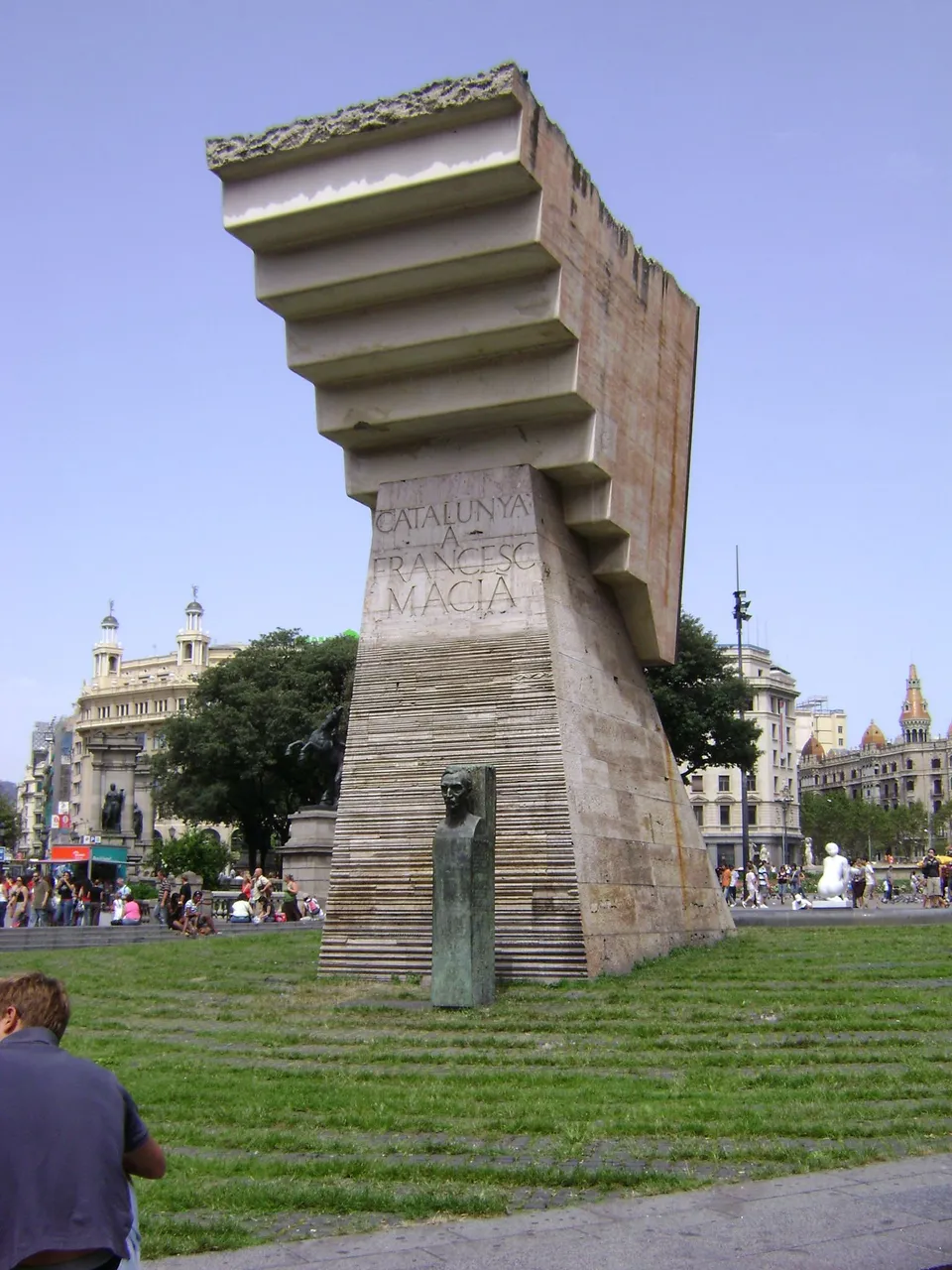
Uno de los primeros lugares que visitamos es la Plaza de Cataluña donde se encuentra el monumento a Francesc Macià, que fue el primer presidente de la Generalitat de Cataluña e hijo pródigo de la ciudad catalana.
Se encuentra en el centro neurálgico de la ciudad, en medio de un amplio espectro arquitectoril donde predominan edificios públicos y otras obras de arte, un verdadero museo al aire libre.
Es un monumento simple donde su autor el escultor Josep Maria Subirachs (hacía poco que había fallecido cuando nosotros llegamos) ha sintetizado la maestría técnica y la pureza de materiales y textura de la obra para expresar un lenguaje simbólico y trascendental.
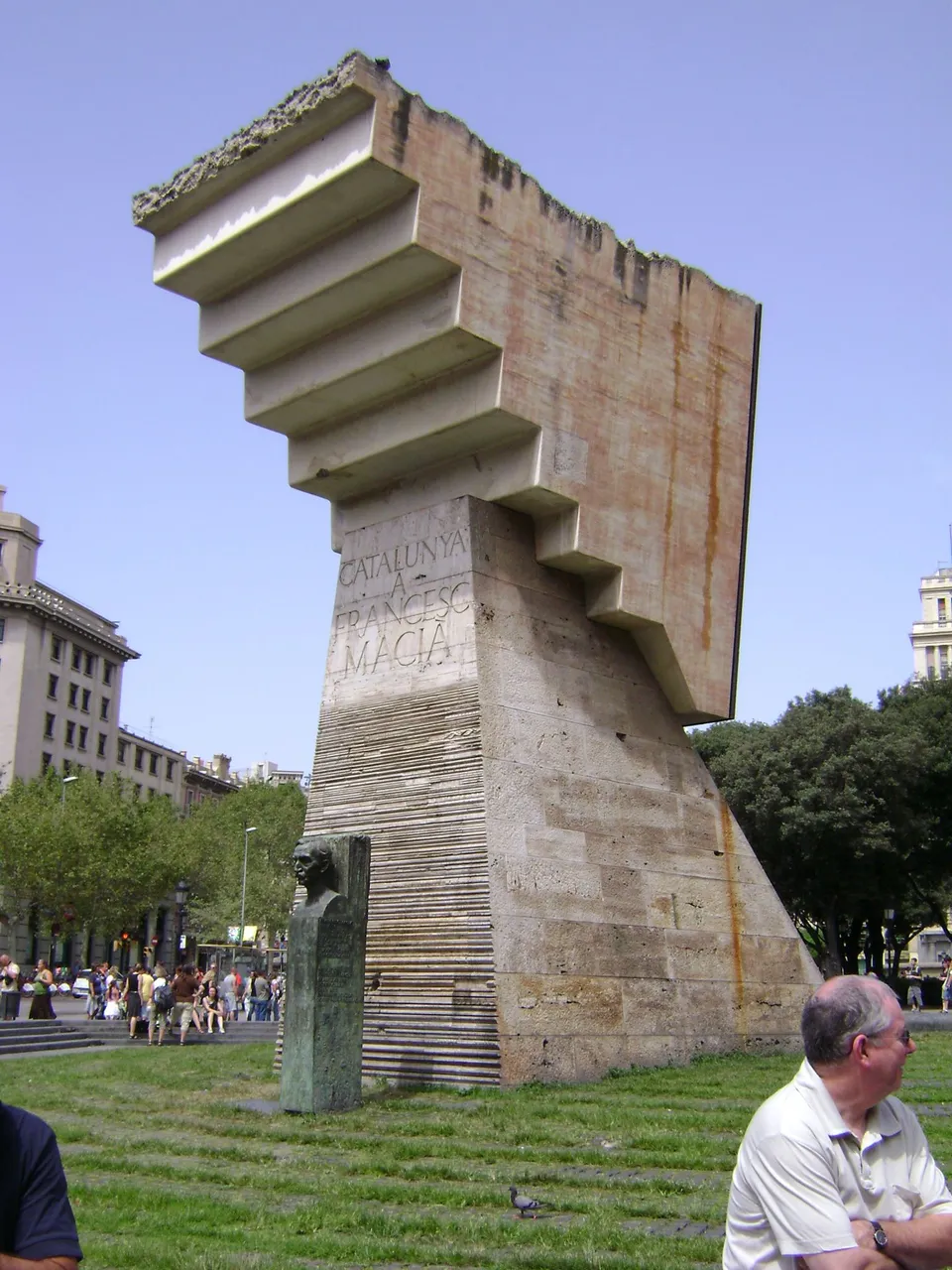
The private sector also has its architectural wonders, such as the old building of Catalana Occidente, one of the most powerful insurance groups in Catalonia, with its castle-like front.
For this reason it is also known as the Castelar Building.
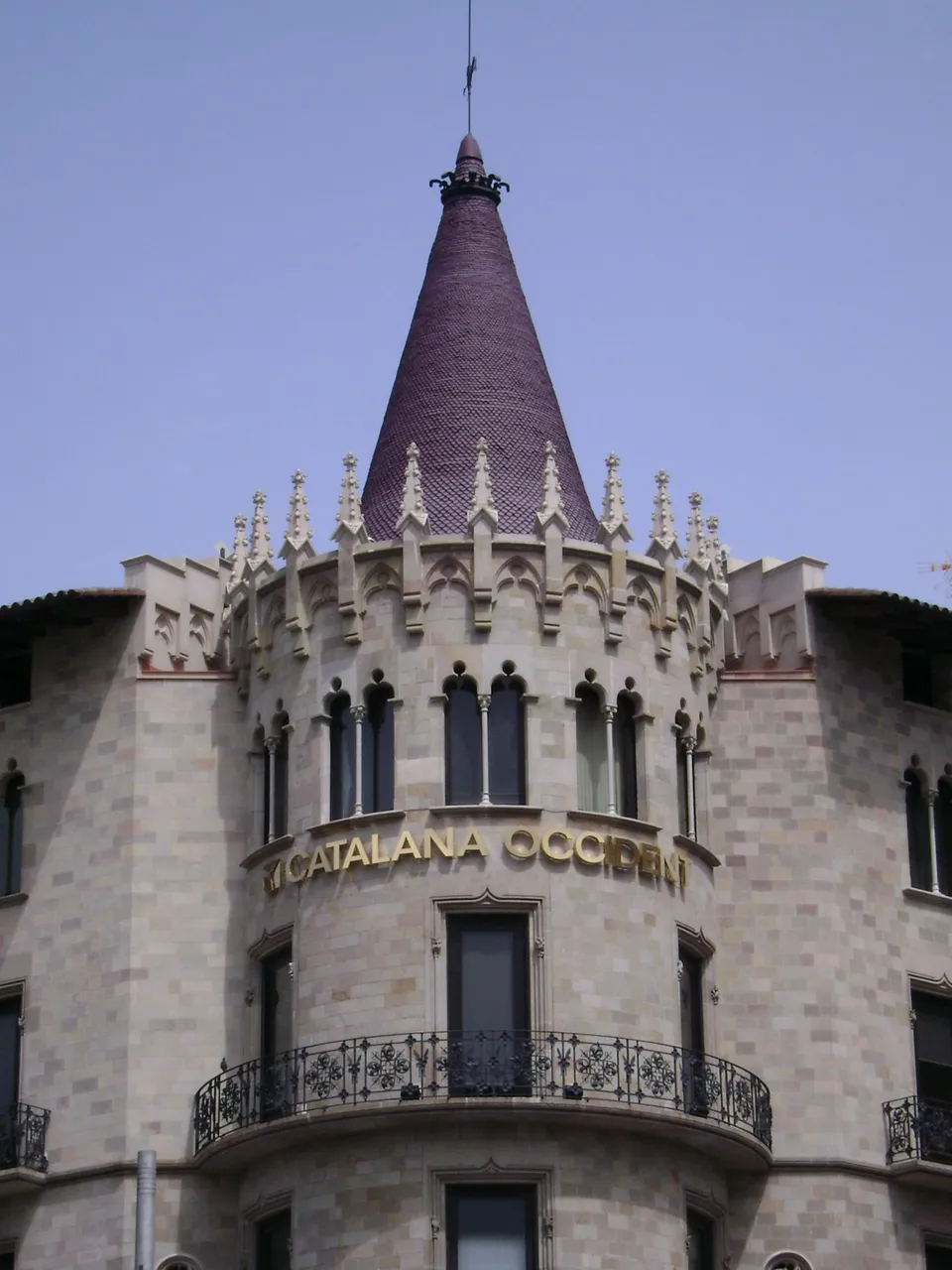
También el sector dedicado a la actividad privada tiene sus maravillas arquitectónicas, como el viejo edifico de Catalana Occidente, uno de los grupos aseguradores más potentes de Cataluña, con su frente similar al de un castillo.
Por este motivo se lo conoce también con el nombre de Edificio Castelar.

From Plaza de Cataluña you can access the Paseo de la Gracia and a panoramic view of its buildings and impressive architecture.
It is a tourist promenade where there are commercial areas, businesses, outstanding works of modernist architecture, and of course numerous works of art by Antoni Gaudí, it could not be otherwise.
It is said to be one of the most expensive avenues in Spain in terms of rents, preceded only by its Catalan counterpart of Puerta del Angel and Preciados street in the capital of Madrid.
The image we see is of the Cases Rocamora, one of the largest residential complexes on Passeig de Gràcia.
It consists of three stone buildings with a common facade that occupy an entire side of the block whose dimensions and domes are formed by Gothic-inspired elements.
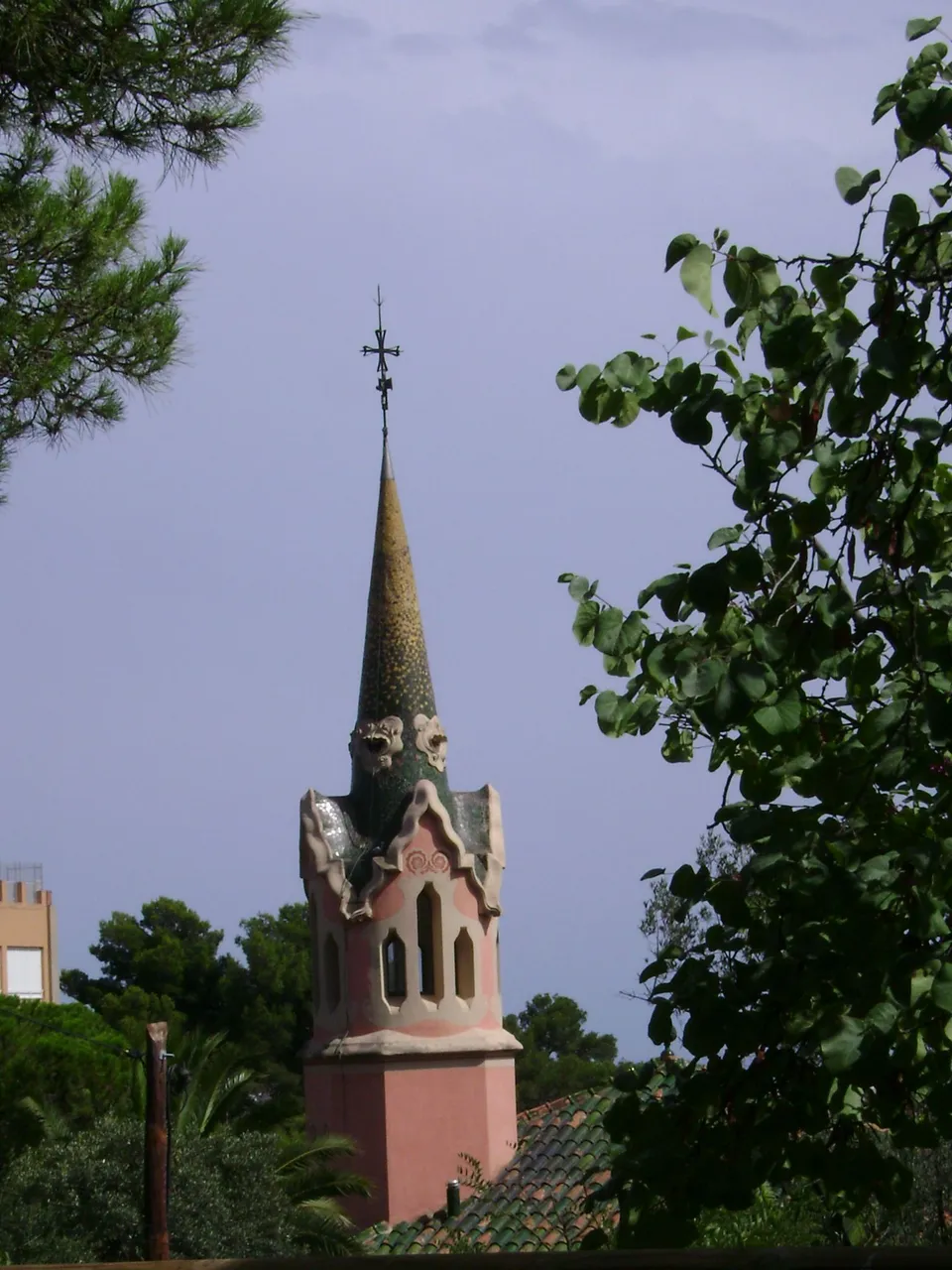
Desde la Plaza de Cataluña se puede acceder al Paseo de la Gracia y a una visión panorémica de sus edificios y su impresionante arquitectura.
Es un paseo turístico donde hay áreas comerciales, negocios, destacadas obras de arquitectura modernista, y por supuesto numerosas obras de arte de Antoni Gaudí, no podía se de otra manera.
Se dice que es una de las avenida más caras de España en lo que se refiere a los alquileres, precedida solo por su similar catalana de la Puerta del Angel y la calle Preciados de la capital madrileña.
La imagen que vemos es de las Cases Rocamora, uno de los conjuntos residenciales más grandes del paseo de Gràcia.
Se trata de tres edificios de piedra con una fachada común que ocupan todo un lado de la manzana cuyas dimensiones y las cúpulas está formadas por elementos de inspiración gótica.
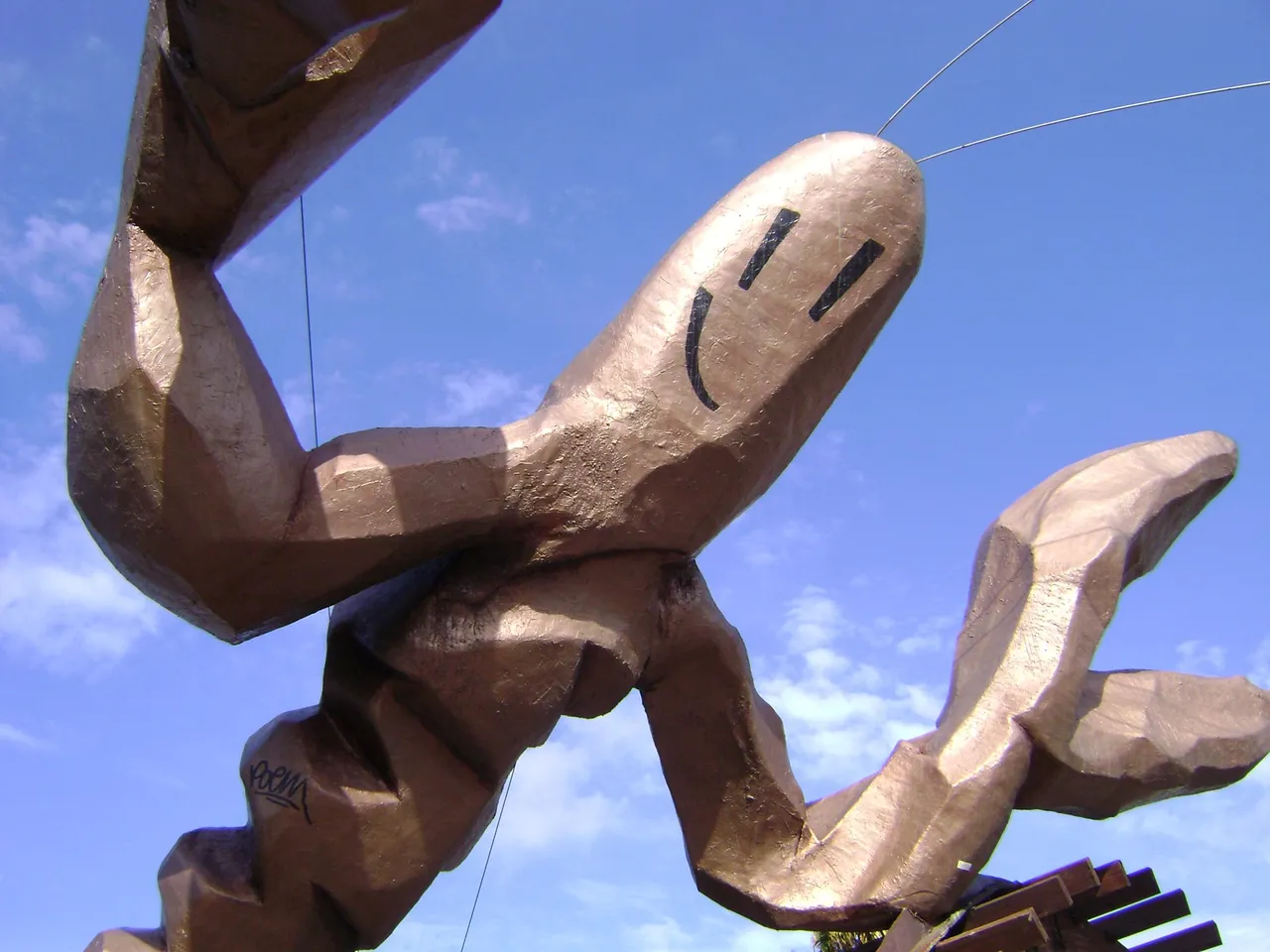
The Gamba de Mariscal, Gamba or Gambrinus is a sculpture representing the popular shrimp, of large proportions, which was designed by the Spaniard Javier Mariscal, at the time of the 1992 Olympic Games.
In fact, the work was created to advertise a well-known restaurant specializing in this type of seafood that had its commercial premises in the Moll de la Fusta.
As usually happens with all the grandiose and somewhat fanciful infrastructures of each Olympic Games, once the Games were over the place became depopulated (commercially speaking) and businesses began to close.
So that the work could be preserved, the Barcelona City Council took charge of it.

La Gamba de Mariscal, Gamba o Gambrinus es una escultura que representa al popular camarón, de grandes proporciones, que fue diseñada por el español Javier Mariscal, al celebrarse los Juegos Olímpicos de 1992.
En realidad la obra nació para publicitar un conocido restaurant especializado en este tipo de mariscos que tenía su local comercial en el Moll de la Fusta.
Como normalmente ocurre con todas las infraestructuras granciosas y un poco fantasiosas de cada Juego Olímpico, una vez terminados éstos el lugar se fue despoblando (comercialmente hablando) y los negocios comenzaron a cerrar.
Para que la obra pudiera ser conservada se hizo cargo de ella el Ayuntamiento de la ciudad de Barcelona.

It is impossible to take a step and not stop, raise your head and look at the architectural wonders that surround us in Barcelona.
Some have become a popular symbol of the remodeling that Barcelona's coastal area underwent, with a modernist and renovating tendency.
Others remain unchanged as if the passage of time did not affect them.
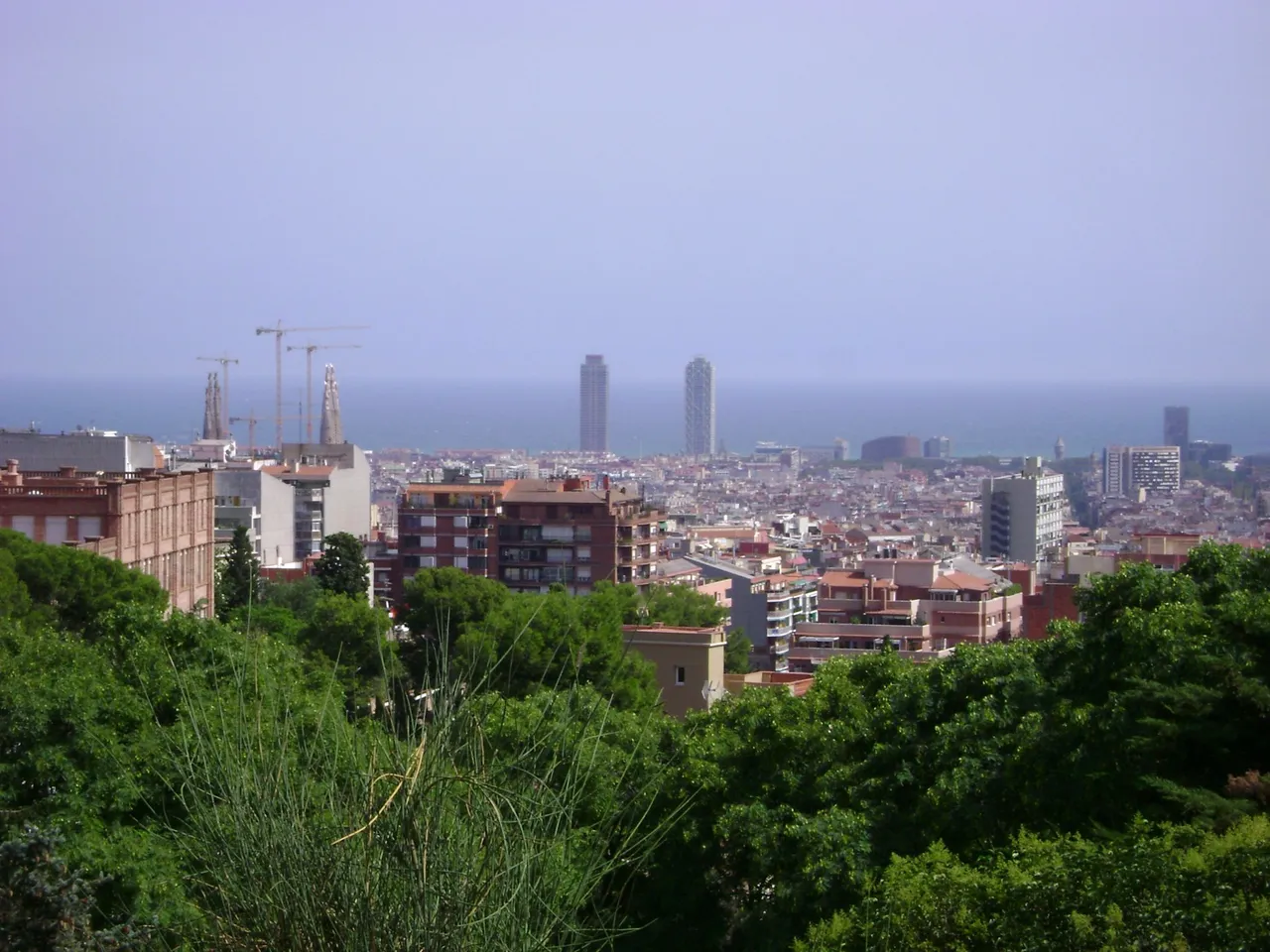
Es imposible dar un paso y no detenerse, alzar la cabeza y mirar las maravillas arquitectónicas que nos rodean en Barcelona.
Algunas se han transformado en un símbolo popular de la remodelación que sufrió la zona costera barcelonesa, con una tendencia modernista y renovadora.
Otros continúan inalterables como si el paso del tiempo no los afectara.
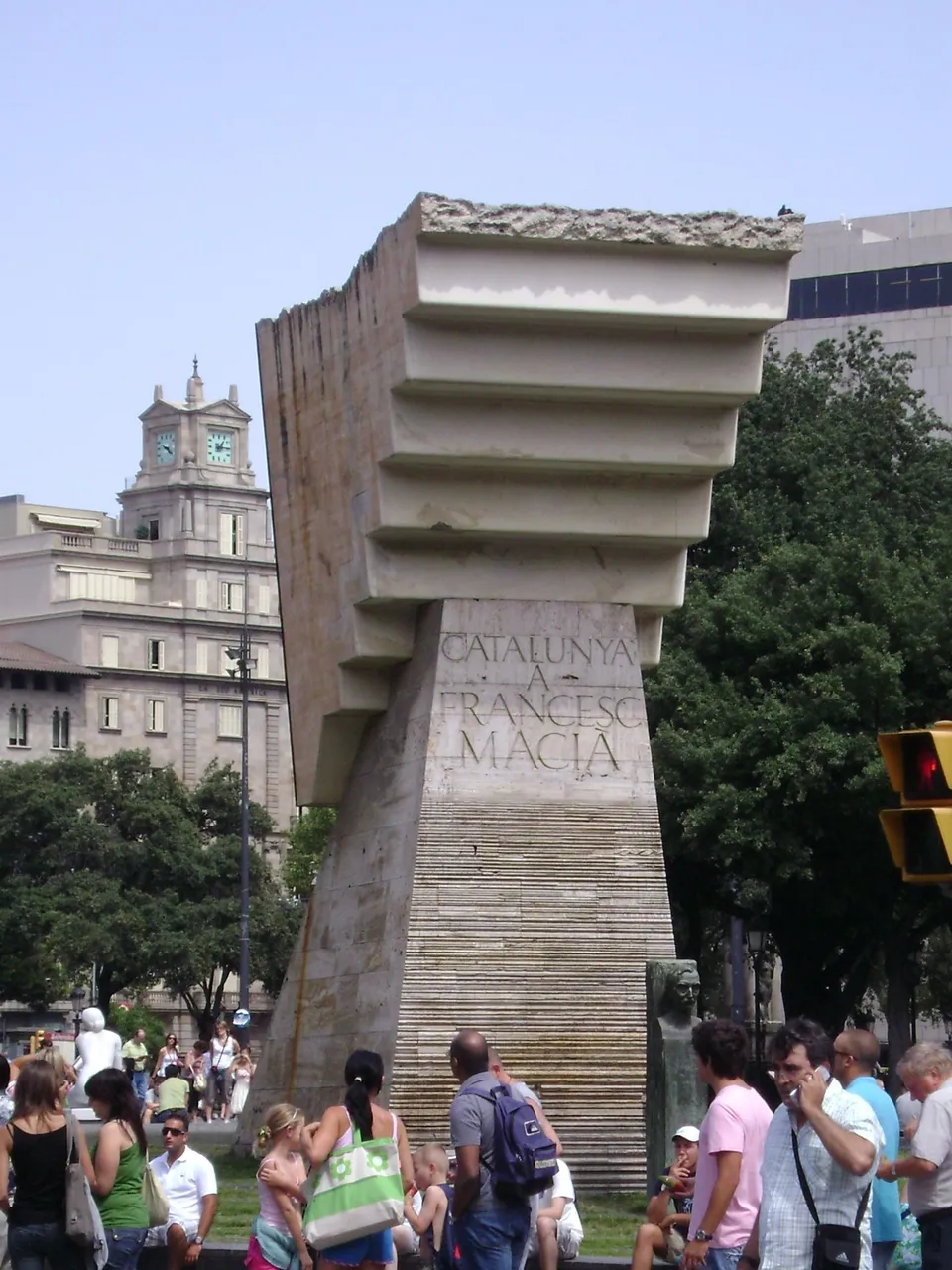
While we are simple witnesses of this true wonder.
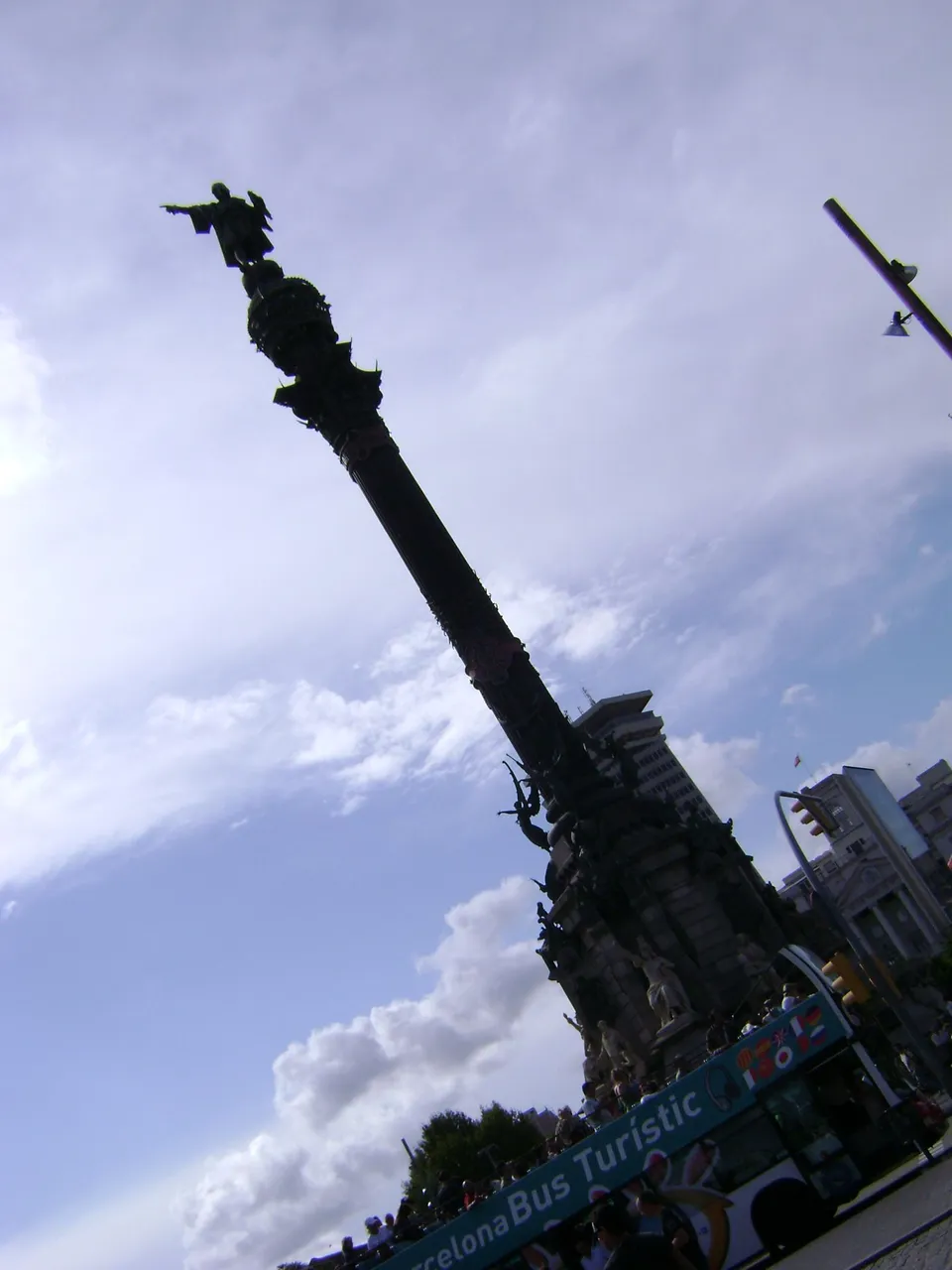
Mientras nosotros somos simples testimonios de esta verdadera maravilla.



